
- By Theme
-
Destinations
-
Indian Destinations
-
International Destinations
-
- Best Places to Visit
- Packages
- Search Agents
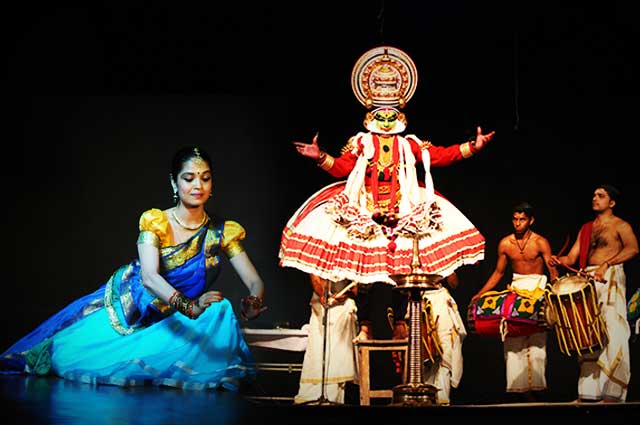
Dance is something that is everybodys blood. Thats entirely true! We all have witness people dancing like a professional, dancing like a novice, and dancing like they do not care whos watching. Every individual is not born as a dancer, but everyone loves to groove or shake a leg as the beats of the music increase. The huge crowds of people can be spotted grooving and gyrate during weddings and other communal gatherings.
Dance is more than art, it is a passion for many. Thats the reason why our great country has produced the renowned choreographers that teach how to dance. Dancing is an amazing exercise as well that helps in toning the body. But the only question pops up is from where dance traced its roots? Seems youre interested to know more about it. Alright, carry on reading.
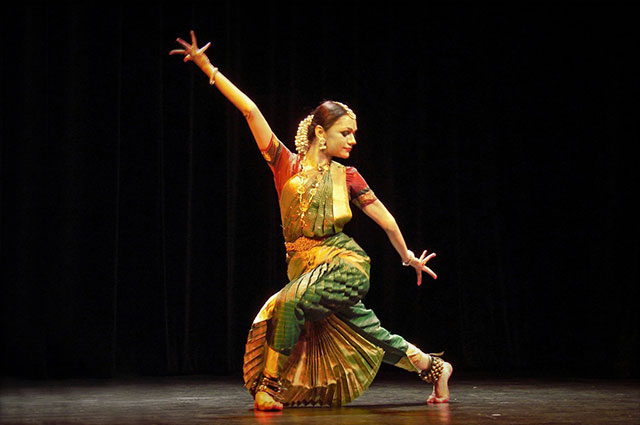
Bharatnatyam is a major genre of dance that traces its roots from the Indian state of Tamil Nadu. The name given to this astounding dance form dates back to the 2nd century as penned by Bharata Muni in Natya Shastra. This dance form is widely practiced in the state of Tamil Nadu and includes numerous facial expressions, hand gestures, and footwork. The dancers wear bright colored attire and heavy makeup so that their expressions are visible to the viewers.
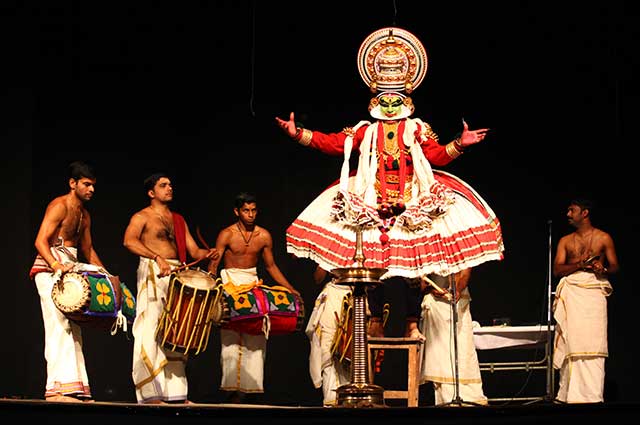
We all are familiar with those dancers wearing a weird makeup and extra large skirts. That kind of attire is the symbolic representation of the iconic dance of Kerala, Kathakali. Kathakali is a classical Indian dance that emerged in the 17th century in South India and gained an immense popularity in Kerala. This dance is all about narrating the mythological tales through expressions. This dance form is accompanied by the continuous beats of drum, Dholak, and cymbals.
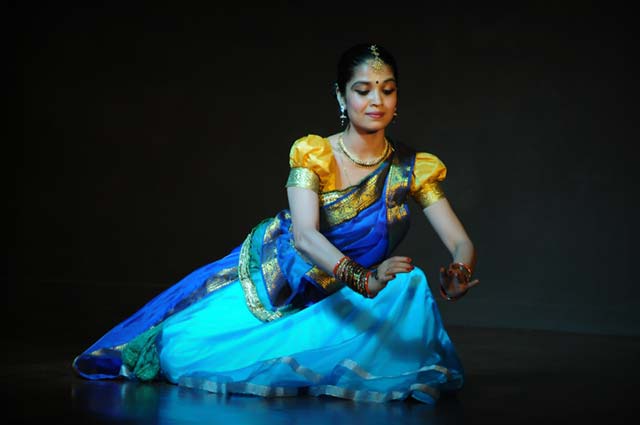
Having the prime icons or say patrons as Radha-Krishna, Kathak is a renowned classical dance form of Northern India. Kathak is another way of narrating the tales through expressions and footwork. This dance form was immensely popular among the Indian emperors that their courts had special dancers that entertained the guests by performing in front of them. As compared to Kathakali, Kathak doesnt involve heavy attire.

Bihu is the eminent folk dance of Assam, the state that is regarded as the representative of the entire Northeast India. Our Northeastern fellow Indians have a rich taste in dance and the same is reflected when they perform Bihu. There are 3 types of Bihu- Rongali, Kaati, and Bhogali Bihu. Assamese men and women perform Bihu during different months with a great zest. Apart from India, London is the place in the world where people are crazy behind Bihu.
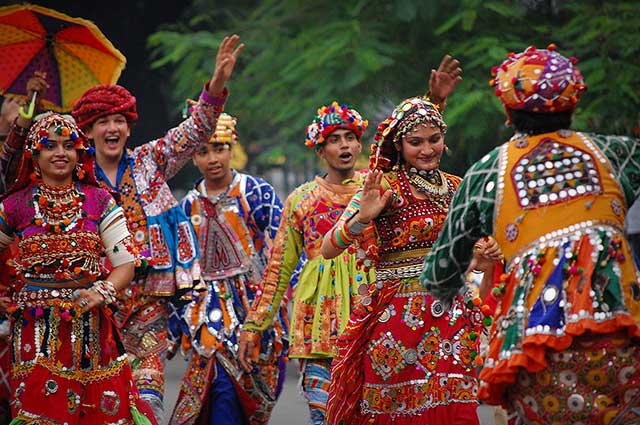
Really! Do you require an introduction of Garba? We guess no. Garba is the celebrated Gujarati folk dance that is relished across the globe. Even the well-known world leaders have grooved to the Gujarati folk music and have enjoyed Garba. This folk dance is performed on an extensive scale, especially on the occasion of Navratri, in order to honor the nine different forms of Goddess Durga. The enthusiastic dancers wear shiny dresses. Men wear ghagra with Kurta, whereas, women wear chaniya choli.
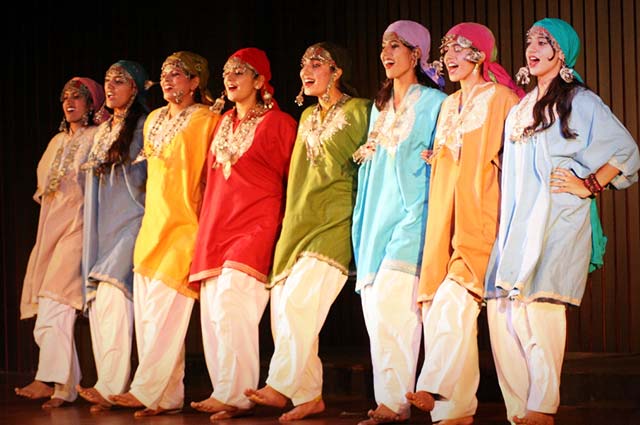
Kashmir aka heaven on earth is not only renowned for the beauty it boasts, but it is also known for the Rouf Dance. It is a simple dance that doesnt involve any music. Performed by the womenfolk, it narrates the welcoming of Spring. Women, usually in a group, hold their hands and move their legs to and fro whilst singing melodiously in the local language.
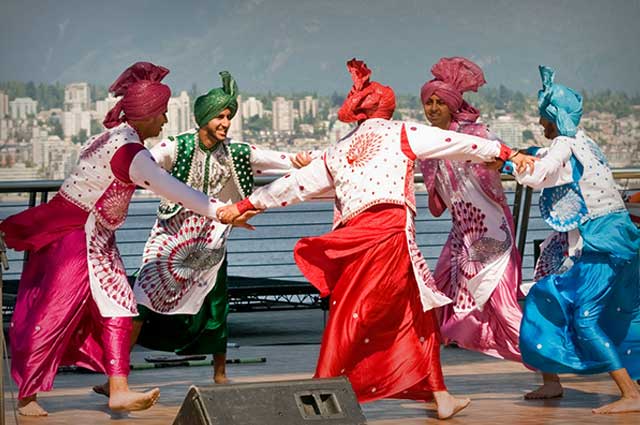
Lets admit, Bhangra is the only dance form that brings a sudden energy in the body. The moment when the dhol starts beating rhythmically and Tumbi add bass to it, each step advances with energy. Bhangra is the folk dance of Punjab and people never step back from grooving in the Punjabi style. This dance form is globally renowned, especially in the countries like the UK and the United States.
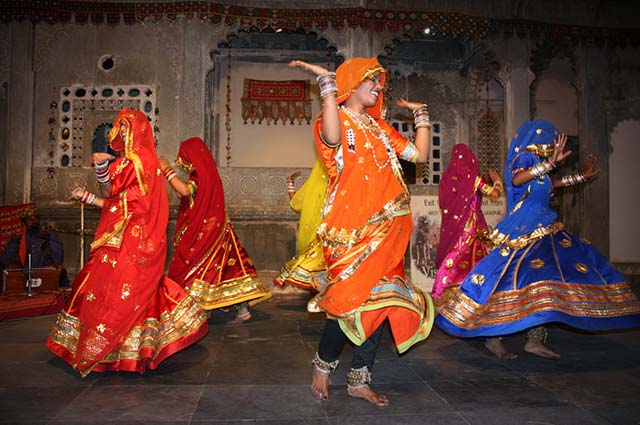
Ghoomar is the folk dance of Rajasthan and is also popular in the neighboring country Pakistan. This dance is performed by the womenfolk. As per the name, this dance form involves the twirling movements of the dancers that wear colorful ghagras. Ghoomar is widely performed in Rajasthan on the different occasions like Holi, Diwali, and other local festivals etc. If you wish to try Ghoomar, especially for the first time, make sure youve not eaten anything.
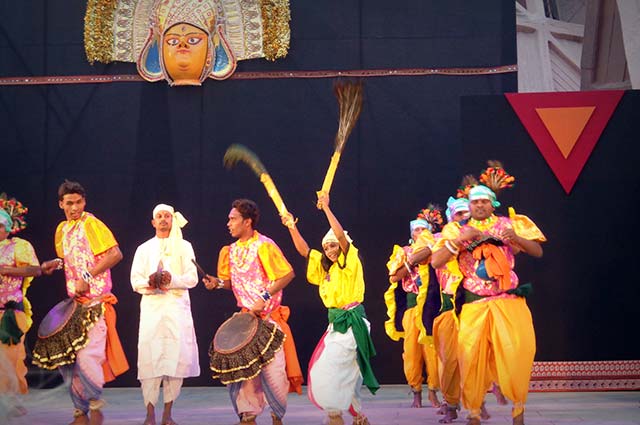
Ghumura is a folk and tribal dance that originated in Kalahandi district of Odisha. This dance was initially performed by the tribal warriors as a victory dance to enhance the spirit of fighting but soon it became popular and emanated as the folk dance. At present, dancers wear colorful dresses and feather crown on the head. Ghumura dance form stands amid those dance forms that have gain recognition on an international level.
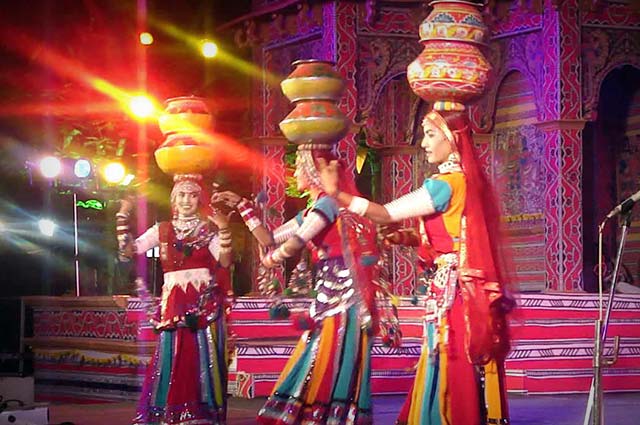
Do you think its possible to balance the earthen pots on the head while dancing? No, Alright. What if we say that it is possible? Let us tell you something about Matki Dance. Matki Dance is a folk dance that emanated in the Heart of The Country Madhya Pradesh. This dance form is more like a balancing act where a woman commences with a single earthen pot that is increased in number as the dance advances. At present, this dance form is widely popular all over the country.
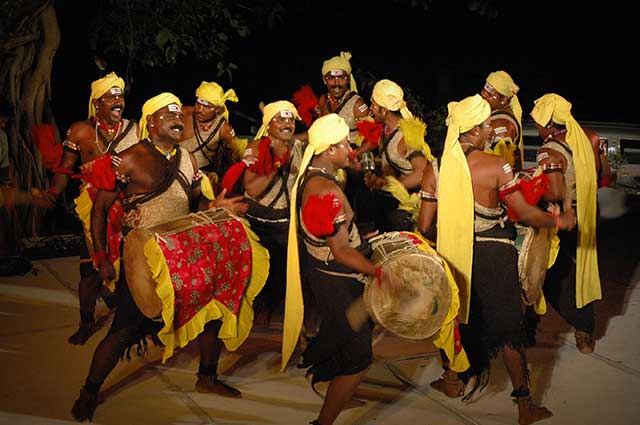
When you are in Karnataka, you should not miss the celebrations that involve Dollu Kunitha. It will surely fill you up with a great enthusiasm. Dollu Kunitha is a celebrated folk dance of Karnataka. No religious ceremony begins without its short performance. This folk dance involve men that beat the drum rhythmically and sing the praises of Lord Shiva in the local language. Since dance form demands consistent beats and movements, only the sturdy ones can endure Dollu Kunitha.
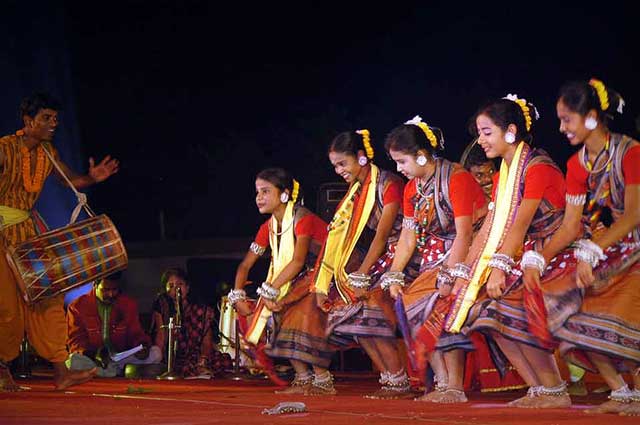
Veeranatyam is a ritualistic folk dance of Andhra Pradesh. This dance form holds a great significance amid the Shaivaite section. The dancers wear color attires and apply ash on their arms, legs, and torso. Veeranatyam is divided into 3 stages- the first stage comprises the dance and carrying of the burning camphor, the second stage includes carrying of the dhwaja stambha, and the third & final stage comprises dancing in front of the supreme powers idol.
And after going through these dance forms, were sure that you agree with us that dance is in everybodys blood. The diversity of India is not limited to the language, cuisine, attire, culture, tradition etc. It is vast and dance forms are included in it as well. All in all, they all contributed to the birth of different western dance forms that are fused with the traditional one. Oh yes, do not forget us to tell about which among the above-listed dance forms is your favorite.